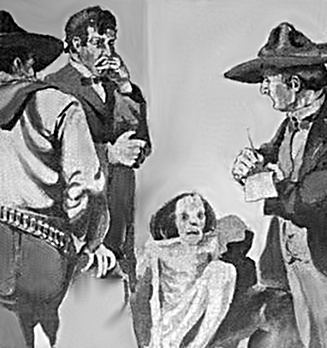 | ||
Aztec mummy refers to an intentionally prepared or naturally desiccated human body of Aztec origin.
Contents
Ceremonial preparation vs. natural desiccation
Distinctions must be made between intentionally prepared Aztec mummies and mummies resulting from natural desiccation. Prepared Aztec mummy “bundles” consist of the remains of the deceased placed in a woven bag or wrap which was often adorned with a ceremonial mask. Most of the more widely known examples of Aztec mummies, which formed the basis of popular traveling exhibitions and museum exhibits in the 19th Century, were likely the product of natural desiccation rather than an intentional mummification process.
Unlike Egyptian mummies, which were typically placed in an extended supine position within a sarcophagus, Aztec mummies were typically placed in seated positions. To maintain the pose of the body, the remains were often secured within a cloth wrapping, sometimes with rope.
Symbolism in Aztec hieroglyphs
A mummy is the Aztec hieroglyph for death. In Aztec written documentation of historical events, such as the death of a ruler or warrior, a mummy glyph will be connected to a glyph denoting the person's name and another glyph denoting the year of the event.
The pictured example of Aztec hieroglyphs shows the mummy of a human figure bound with ropes, with a crown on its head, indicating the death of a ruler. The small water-animal attached to the crown by a cord shows that the dead ruler's name was Ahuitzotl, that being the Aztec word for "water-animal". The right half of the glyph shows a man seated upon a dais, with a crown on his head and a speech-scroll issuing from his mouth. The Aztec word for ruler was "tlahtouani", "he who speaks", shown graphically by the speech-scroll. Finally both figures are attached by cords to the circle above, which represents the year "10-Rabbit" (1502 A.D.), indicating the date of this event.
